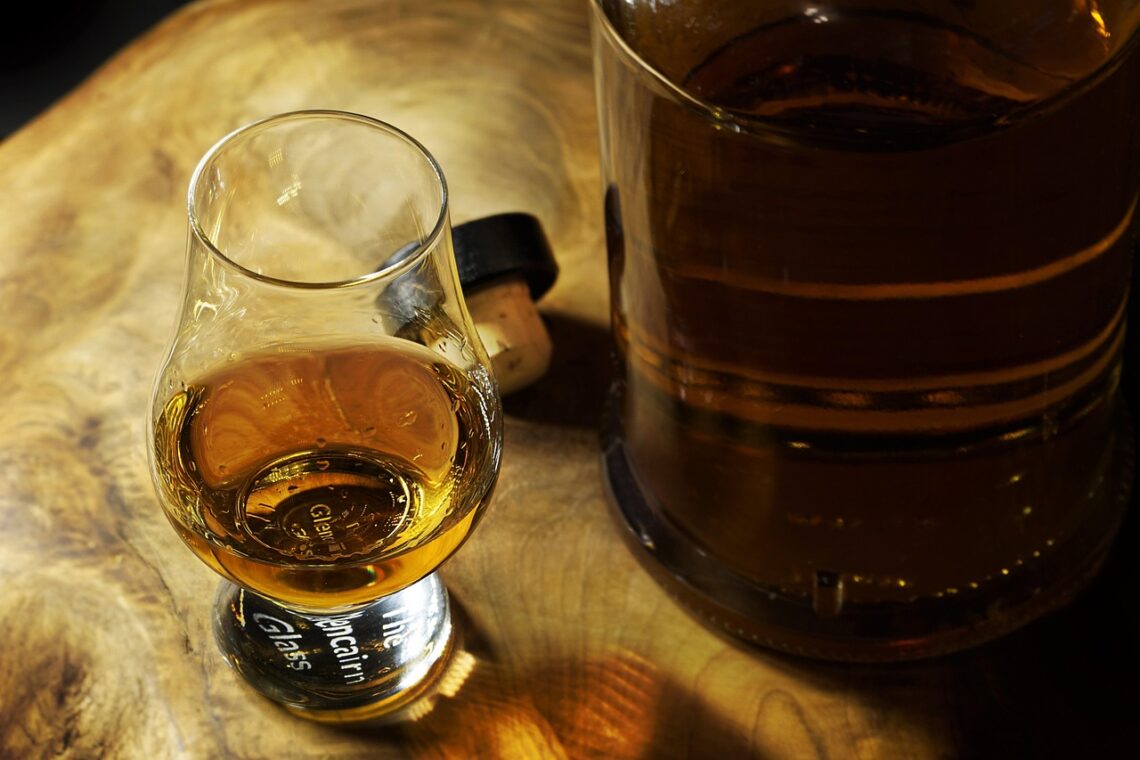Scotland’s Highlands are the largest whisky-producing region in the country, covering a vast area of mountains, glens, and coastal landscapes. Highland malt whiskies are celebrated for their diversity, offering expressions ranging from light and floral to rich, smoky, and full-bodied. Unlike regions like Islay or Speyside, Highland whiskies are less easily categorized by a single flavor profile; instead, they are defined by variety, reflecting both geography and distiller tradition.
Highland malts are the gateway to Scotland’s whisky heritage, embodying centuries of craftsmanship, innovation, and cultural history.
A Brief History of Highland Whisky
Whisky production in the Highlands dates back to at least the 15th century, with monastic records noting barley distillation. Initially produced illicitly due to heavy taxation, Highland distilling gradually became a cornerstone of Scottish culture.
The 18th and 19th centuries saw the rise of legal distilleries and innovations like pot still distillation. Distilleries like Glenmorangie (1843) and Aberlour (1826) became pioneers, refining aging processes and cask selection. Highland whiskies have historically been shaped by both geography—water source, climate, and local barley—and the vision of individual distillers, resulting in a broad spectrum of flavors today.
Geography and Regional Influence
The Highlands cover the northern half of Scotland and include sub-regions with distinct characteristics:
- Northern Highlands (e.g., Glenmorangie, Balblair): Often light, floral, and sometimes bracingly mineral. Cooler temperatures slow maturation, creating refined, delicate flavors.
- Central Highlands (e.g., Dalwhinnie, Glencadam): Balanced malts, often fruity, honeyed, with gentle spice. Known for approachability and versatility.
- Eastern Highlands (e.g., Pitlochry, Blair Athol): Light-bodied whiskies with floral and orchard fruit notes.
- Western Highlands (e.g., Oban, Loch Lomond): Coastal influences introduce light smoke or briny notes. Robust malt profiles often emerge here.
This regional variety makes the Highlands uniquely diverse, offering something for every whisky enthusiast.
Flavor Profiles of Highland Malts
Highland whiskies display a spectrum of tasting notes. While there are general tendencies, each distillery has its own unique signature:
| Flavor Character | Notes | Example Distilleries |
| Fruity & Floral | Apple, pear, citrus, heather | Glenmorangie, Dalwhinnie |
| Spicy & Warm | Cinnamon, nutmeg, clove, toasted oak | Aberlour, Dalmore |
| Earthy & Peaty | Light smoke, malted barley, mineral notes | Oban, Ben Nevis |
| Rich & Nutty | Dried fruits, sherry influence, almonds | GlenDronach, Dalmore |
Highland malts can range from delicate and elegant to bold and layered. Many distilleries experiment with different cask finishes—bourbon, sherry, rum, or wine—to enhance complexity and flavor depth.
Major Highland Distilleries
- Aberlour (1826, Speyside/Highland border)
- Style: Rich, sherry-matured, fruity, spicy
- Signature: Deep amber color, dried fruit, warm spice, long finish
- Process: Traditional pot stills, ex-sherry cask maturation for depth
- Glenmorangie (1843, Northern Highlands)
- Style: Light, floral, citrus-forward, elegant
- Signature: Refined, often with creative cask finishes (Sauternes, port, rum)
- Process: Tall stills for light spirit, slow maturation to preserve floral notes
- Dalmore (1839, Northern Highlands)
- Style: Rich, robust, sherry-forward, chocolate and citrus layers
- Signature: Bold, complex, long finish
- Process: Combination of ex-bourbon and oloroso sherry casks, often aged longer
- Oban (1794, Western Highlands)
- Style: Bridging Highland and maritime, slightly smoky, light saltiness
- Signature: Medium-bodied, delicate smoke, fruity undertones
- Process: Coastal air affects oak maturation, medium pot stills preserve balance
- Dalwhinnie (1897, Central Highlands)
- Style: Light, sweet, heather-honey, subtle spice
- Signature: Soft, approachable, gentle warmth
- Process: Slow distillation, highland spring water for soft character
Comparing Distillers: Taste and Process
| Distillery | Distillation Style | Cask Use | Flavor Notes | Unique Approach |
| Aberlour | Medium pot stills | Sherry, ex-bourbon | Fruity, spicy, warming | Rich sherry cask influence |
| Glenmorangie | Tall pot stills | Bourbon, wine, Sauternes | Floral, citrus, delicate | Experimental cask finishes |
| Dalmore | Large pot stills | Bourbon & sherry | Bold, chocolate, citrus | Extended maturation |
| Oban | Medium pot stills | Bourbon | Coastal, light smoke, fruity | Maritime influence on spirit |
| Dalwhinnie | Medium pot stills | Bourbon | Sweet, honeyed, soft spice | High-altitude slow maturation |
This comparison shows how Highland distillers balance geography, still design, and cask selection to create distinct identities while maintaining regional character.
Tasting Highland Whiskies
A proper tasting experience involves:
- Appearance: Observe color, clarity, and viscosity.
- Nose: Detect layers of fruit, spice, malt, or smoke.
- Palate: Taste slowly, identifying the interplay of sweetness, spice, and earthiness.
- Finish: Assess length and warmth, noticing lingering flavors.
Highland malts are versatile—enjoyable neat, with water, or in cocktails. The gentle and fruity whiskies lend themselves to light mixes, while richer, sherried malts shine on their own.
Food Pairing
Highland whiskies complement various foods:
- Cheese: Sharp cheddar, blue cheese, brie
- Chocolate & Desserts: Dark chocolate, honey cakes, apple tarts
- Meats & Seafood: Roast lamb, smoked salmon, venison
- Nuts & Dried Fruits: Almonds, figs, apricots enhance sherry-matured malts
Highland malts are a celebration of variety and craft. From the floral elegance of Glenmorangie to the rich complexity of Dalmore, each distillery offers a window into the heart of Scotland. The diversity of Highland whiskies ensures that there is a dram for every palate—whether light, smoky, sweet, or bold.
Exploring Highland malt whiskies is a journey through history, landscape, and tradition, a journey that captures the essence of Scotland in every sip.



